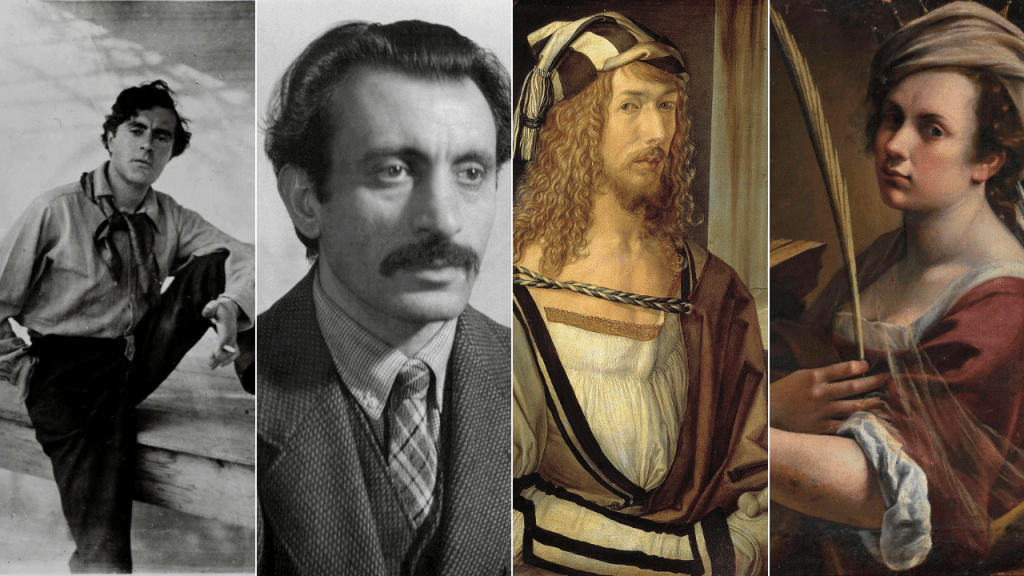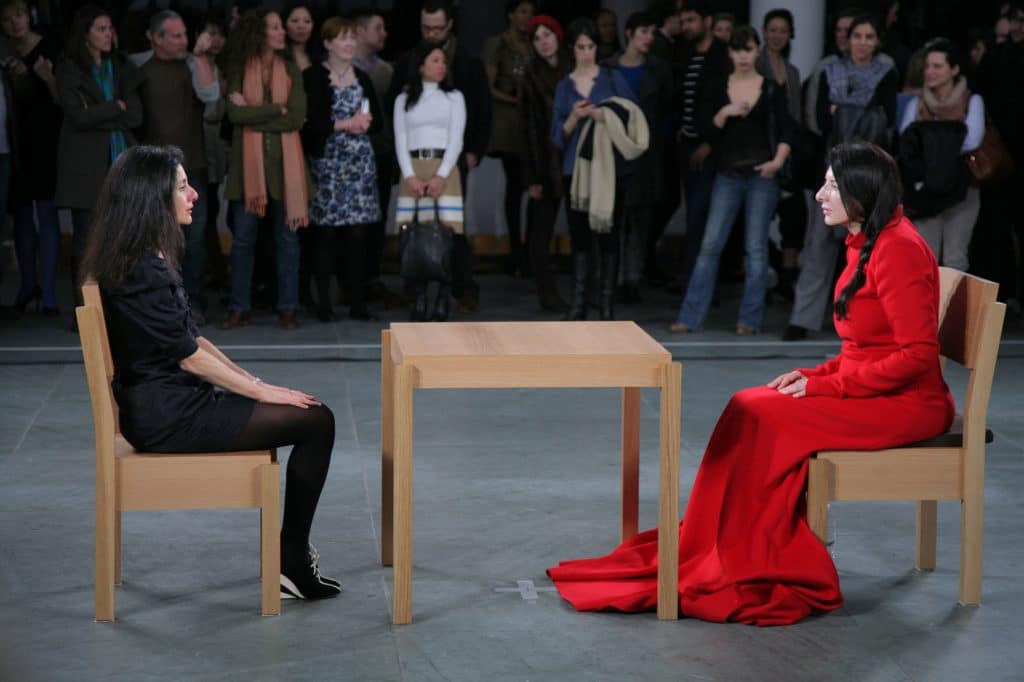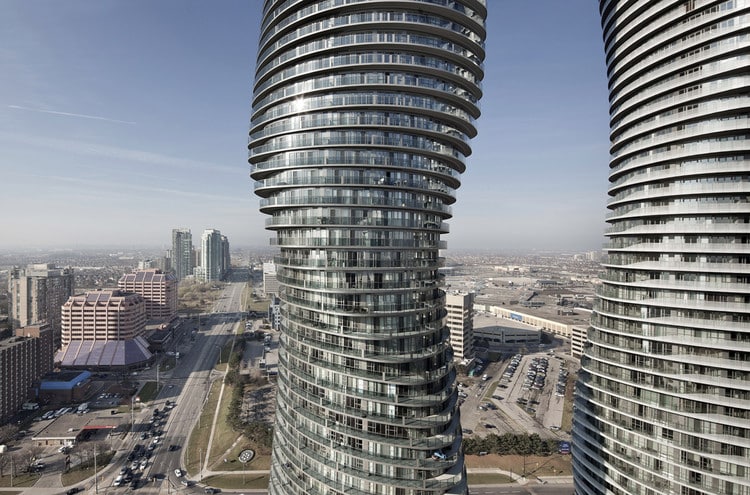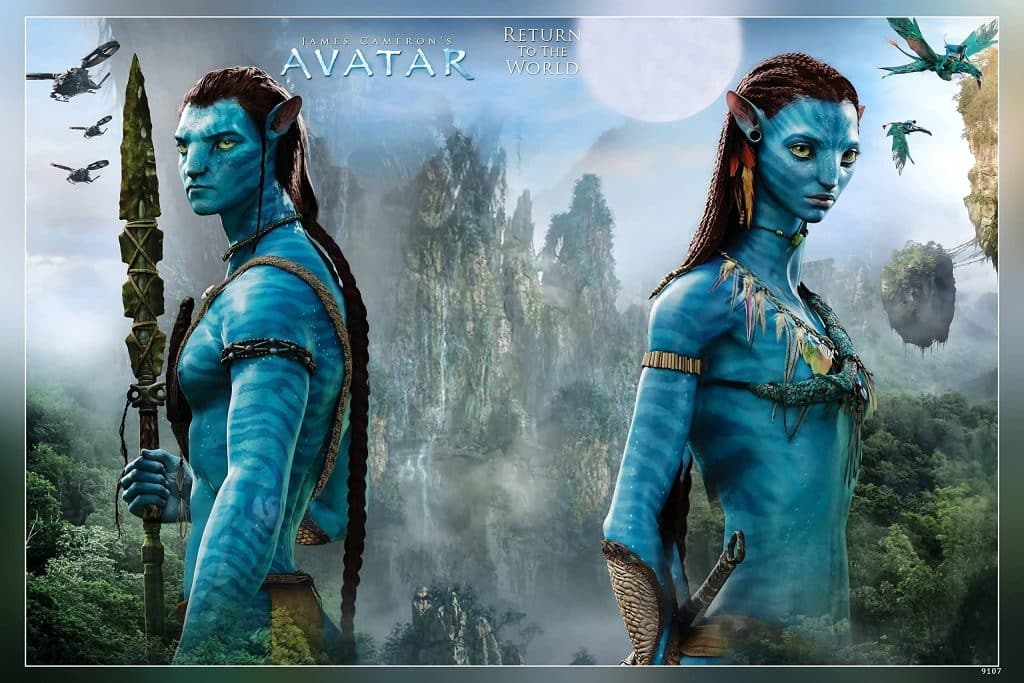Art has been a fundamental aspect of human expression and communication throughout history, as a powerful tool for conveying emotions, ideas, and cultural values.
From ancient times to today, artistic masterpieces have captured the essence of their respective eras and left an indelible mark on the world.
In this exploration, we will embark on a fascinating journey through a collection of remarkable works of art that share a common thread: they all begin with the letter “A.”
By focusing on these “things that start with A,” we will uncover the stories, techniques, and significance behind each masterpiece, gaining a deeper appreciation for the artists who created them and the contexts in which they were produced.
We have curated a captivating list of things that begin with A. Join us as we delve into the fascinating world of art history and discover these extraordinary things’ timeless beauty and cultural importance.
Famous Paintings Beginning with “A”

Throughout history, numerous remarkable paintings have titles beginning with the letter “A.”
These masterpieces have captured the attention of art enthusiasts and historians’ attention, leaving an indelible mark on the art world.
Let’s explore some of the most renowned paintings that start with “A,” as highlighted in various artistic collections.
- One such painting is “The Abduction of the Sabine Women” (c. 1633-1634) by Nicolas Poussin. This dramatic Baroque artwork depicts a well-known Roman mythical narrative, showcasing Poussin’s mastery of gesture, stance, and understanding of ancient art and architecture. The painting is filled with vibrant hues and a sense of movement, making it a captivating piece that draws the viewer into the unfolding story.
- Another notable name in the world of painting beginning with “A” is “Allegory of War” (c. 1640) by Jan Brueghel the Younger. This artwork is laden with symbolism, created during the aftermath of the Thirty Years’ War. Weapons, skulls, and animals engaged in combat emphasize the brutality and cruelty of warfare. At the same time, the burning city in the background is a stark reminder of the consequences of conflict.
- “The Ambassadors” (1533) by Hans Holbein the Younger is a renowned painting that has intrigued viewers for centuries. This double portrait features two wealthy and powerful diplomats surrounded by objects symbolizing wealth, knowledge, and mortality. The most striking element of the painting is the distorted skull in the foreground, which serves as a reminder of the fleeting nature of life and the inevitability of death.
- The “Adoration of the Magi” is a popular subject in Christian art, and many famous paintings bear this title. One notable example is the “Adoration of the Magi” (1423) by Gentile da Fabriano, a stunning altarpiece that showcases the artist’s skill in depicting intricate details and rich colors. The painting tells the story of the three wise men presenting gifts to the infant Jesus, with a procession of figures in elaborate costumes and a landscape filled with animals and architectural elements.
These are just a few famous paintings that begin with the letter “A.”
Each artwork tells a unique story, showcasing the artist’s skill, creativity, and ability to capture the essence of a particular moment or theme.
By exploring these masterpieces, we gain a deeper appreciation for the diversity and richness of art history and the enduring impact of these iconic works on our cultural heritage.
Influential Artists Whose Names Begin with “A”

Numerous artists named ‘A’ have significantly contributed to art throughout history.
- Artemisia Gentileschi, a remarkable Baroque painter, is known for her unique perspective and powerful portrayals of strong female characters. Her most famous work, “Judith Slaying Holofernes” (c. 1612-1613), showcases her incredible skill and is thought to have been influenced by her personal experiences, including overcoming sexual violence.
- Albrecht Dürer, a German Renaissance painter, printmaker, and theorist, is celebrated for his innovative use of perspective, detailed studies of nature, and iconic self-portraits. His works, such as “Melencolia I” (1514) and “Knight, Death, and the Devil” (1513), have become symbols of the Northern Renaissance.
- Arshile Gorky, an Armenian-American artist, played a crucial role in the development of Abstract Expressionism. His works, such as “The Liver is the Cock’s Comb” (1944), are known for their biomorphic forms, vibrant colors, and emotional intensity, bridging the gap between Surrealism and Abstract Expressionism.
- Amedeo Modigliani, an Italian painter and sculptor, is renowned for his distinctive elongated figures and expressive portraits. His works, such as “Portrait of Jeanne Hébuterne” (1919) and “Reclining Nude” (1917), are characterized by their simplification of form and a sense of melancholy.
- André Derain, a French artist and co-founder of Fauvism, is known for his bold use of color and expressive brushwork. His works, such as “Houses of Parliament” (1905-1906) and “The Dance” (1906), exemplify the Fauvist style and its emphasis on emotional response over realistic representation.
These influential artists and many others whose names begin with “A” have left an indelible mark on the art world, pushing boundaries, inspiring future generations, and shaping art history through their unique styles, techniques, and perspectives.
The Role of “A”-Themed Art in Society
Art beginning with the letter “A” has significantly reflected societal values, historical contexts, and cultural shifts throughout history.
These masterpieces act as mirrors and maps, guiding viewers through corridors of time, change, and human emotion.
- Artemisia Gentileschi’s “Judith Slaying Holofernes” (c. 1612-1613) is a prime example of how art can challenge societal norms and perceptions. As a female artist in a male-dominated field, Gentileschi’s depiction of a strong, determined woman taking action against her oppressor was a powerful statement during a time when women were often portrayed as passive subjects.
- Similarly, Albrecht Dürer’s iconic self-portraits and detailed studies of nature reflect the Renaissance era’s emphasis on individualism and empirical observation. His works, such as “Melencolia I” (1514), embody the spirit of the time, showcasing the artist’s skill and the increasing importance of the individual in society.
- In the modern era, artists like Arshile Gorky and Amedeo Modigliani pushed the boundaries of traditional representation, reflecting the cultural shifts of the early 20th century. Gorky’s abstract expressionist works, such as “The Liver is the Cock’s Comb” (1944), and Modigliani’s distinctive elongated figures, as seen in “Portrait of Jeanne Hébuterne” (1919), challenged conventional notions of beauty and form, paving the way for new artistic movements.
These “A”-themed masterpieces reflect the values and contexts of their respective eras and continue to influence and inspire subsequent generations of artists and viewers.
By engaging with these works, we gain a deeper understanding of the complex relationship between art and society and the power of artistic expression to shape cultural discourse.
21st-Century Masterpieces Beginning with ‘A’ and Their Impact
The 21st century has witnessed the creation of numerous masterpieces across various fields, with several groundbreaking works and influential figures having names that begin with the letter “A.” Here are five notable examples:
1. “The Artist is Present” (2010) by Marina Abramović

This seminal performance art piece took place at the Museum of Modern Art in New York City, where Abramović sat silently at a table, inviting visitors to sit across from her and engage in a shared gaze.
The performance lasted 736 hours and 30 minutes, during which Abramović met the eyes of 1,545 people.
“The Artist is Present” explored themes of presence, connection, vulnerability, and the complex relationship between artist and viewer.
The piece had a profound impact on the art world, sparking discussions about the nature and boundaries of performance art and cementing Abramović’s status as one of the most influential artists of her generation.
2. “WALL-E” (2008) by Andrew Stanton

This beloved animated film from Pixar tells the story of a lonely robot named WALL-E, tasked with cleaning up a polluted and uninhabitable Earth.
Through its innovative storytelling, stunning visuals, and poignant social commentary, “WALL-E” addresses pressing issues such as environmental degradation, consumerism, and the importance of human connection in an increasingly technology-driven world.
The film’s critique of corporate greed and its celebration of the resilience of the human spirit struck a chord with audiences worldwide, earning it widespread critical acclaim and numerous accolades, including the Academy Award for Best Animated Feature.
3. Absolute World Towers (2012) by MAD Architects

These striking residential towers in Mississauga, Canada, have become an iconic symbol of 21st-century architecture.
Designed by the Chinese firm MAD Architects, the towers are characterized by twisting, curvaceous forms, which have earned them the nickname “Marilyn Monroe” buildings.
The Absolute World Towers’ organic, fluid design challenges traditional notions of skyscraper architecture, showcasing the possibilities of contemporary design in creating unique and memorable urban landmarks.
The towers have significantly impacted the skyline of Mississauga and have inspired architects worldwide to push the boundaries of what is possible in high-rise construction.
4. “Avatar” (2009) by James Cameron

This groundbreaking science fiction film revolutionized the use of motion capture technology and 3D cinematography, setting new standards for visual storytelling in cinema.
Set in the mid-22nd century on a distant moon called Pandora, “Avatar” follows the story of a paraplegic marine involved in a conflict between the native Na’vi people and the human colonizers who seek to exploit Pandora’s resources.
The film’s stunning visual effects, immersive world-building, and powerful themes of environmentalism, colonialism, and cultural preservation struck a chord with audiences worldwide, making it the highest-grossing film of all time upon its release.
“Avatar” has had a lasting impact on the film industry, paving the way for a new era of technologically advanced and socially conscious blockbusters.
5. “Ain’t Got No, I Got Life” (2008) by Aloe Blacc

This soul and reggae-inspired song, incorporating elements of Nina Simone’s “Ain’t Got No” and “I Got Life,” became an international hit, spreading messages of resilience, positivity, and social consciousness.
Blacc’s powerful vocals and the song’s uplifting melody resonated with listeners worldwide, making it a popular choice for commercials, films, and television shows.
The song’s success helped to establish Blacc as a major force in the music industry and demonstrated the enduring power of socially conscious soul music in the 21st century.
“Ain’t Got No, I Got Life” has become an anthem of hope and empowerment, inspiring countless listeners to find strength in adversity and celebrate life’s beauty, even in challenging times.
These five 21st-century masterpieces, all with names beginning with “A,” have significantly impacted their respective fields and shaped our time’s cultural landscape.
As we navigate the complexities and challenges of the 21st century, these works and the visionary figures behind them will continue to inspire, provoke, and influence future generations of artists, filmmakers, architects, musicians, and audiences worldwide.
Conclusion
Art has been and continues to be an integral part of the human experience, shaping our understanding of the world and our place within it.
From ancient cave paintings to contemporary masterpieces, art has been a powerful tool for expression, communication, and societal reflection.
The timeless nature of art lies in its ability to transcend boundaries, evoke emotions, and provoke thought, regardless of the era or cultural context in which it was created.
As we have seen through the exploration of famous paintings beginning with “A,” influential artists whose names start with “A,” and groundbreaking 21st-century masterpieces, art continues to evolve and adapt to the changing times.
Yet, its fundamental purpose remains the same: to capture the essence of the human spirit, to challenge our perceptions, and to inspire us to think deeply about ourselves and the world around us.
In this way, the influence of art is truly everlasting, forever shaping the course of human history and how we understand and experience our lives.
